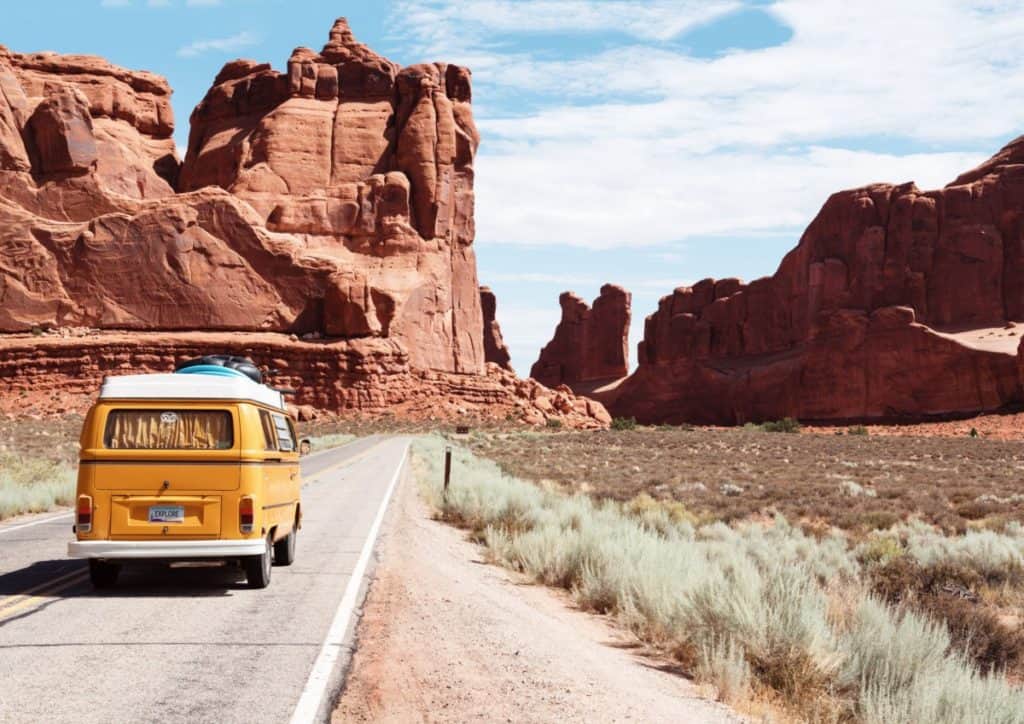
Traveling is an effective way to unwind and connect with nature while experiencing loads of fun that outdoor life offers. However, slow travel, like many things, changed during the Covid-19 outbreak. Although a new year is upon us, the pandemic is far from over; Hence, this guide will help you get the best out of your slow travel during these difficult times.
Slow travel is a form of travel that emphasises connection with yourself and the environment. Unlike other traveling types, it is not fast-paced, but allows you to unwind and enjoy the local people, cultures, nature, and connections. More than the trills, slow travels are designed to educate people and help them connect more with their environment. As a result, it lets you avoid tourist burnout and travel fatigue since there is nothing fast about it. Also referred to as sustainable or low-impact traveling, slow traveling allows you to balance your itinerary at your pace without stressing yourself. Hence, it is immersive and intentional. However, for a precarious pandemic period like this Covid-19 outbreak, you should travel with safety in mind first. As a result, you should not travel too far from home into places that are still hot zones for the breakout. There is always somewhere local and close to home where you can enjoy slow traveling without risking anything. Slow travel is more of a journey than a destination. Hence, it is more about how you get to your destination and not where you are heading.
The slow travel movement
In a way, slow traveling looks like the slow food movement, a movement that focuses on regional cuisine, traditional food, local farming, and local preparation methods. Like it, slow traveling is a cultural initiative that allows you to connect with people and places slowly and enjoyably. Unlike the fast-paced living we are used to, you can relish every moment you spend outdoors. For example, instead of traveling by planes, you will opt for simpler forms of transport. The reason is that traveling by air will take you straight to your destination, and there will be little interaction between you and the towns you are flying over. In contrast, a simpler transport method like the train, biking, and horse allows you to appreciate the landscape even as you travel. Additionally, it’s better for the environment.
More than traveling, slow traveling is an intentional mindset. Hence, although it is a slow process, you enjoy it as you would any leisure and pleasurable activity. To some, slow traveling can be compared to the meditation of tourism. The reason for this comparison is that it lets you connect to the language, history, food, and people in a place. As a result, it is more than trying to tick a bucket list of snapping pictures for likes, recognition and retweets. The obsession over traveling does not exist with slow traveling. Why? The reason is that you will slow travel because you appreciate nature and genuine connection to places. Among its many benefits, it helps the traveler, the local community, and the environment.
By consciously connecting yourself to the world around you, you will soak in your environment and keep an open mind towards the world around you. Hence, instead of visiting many places at once, you limit your options to a few.
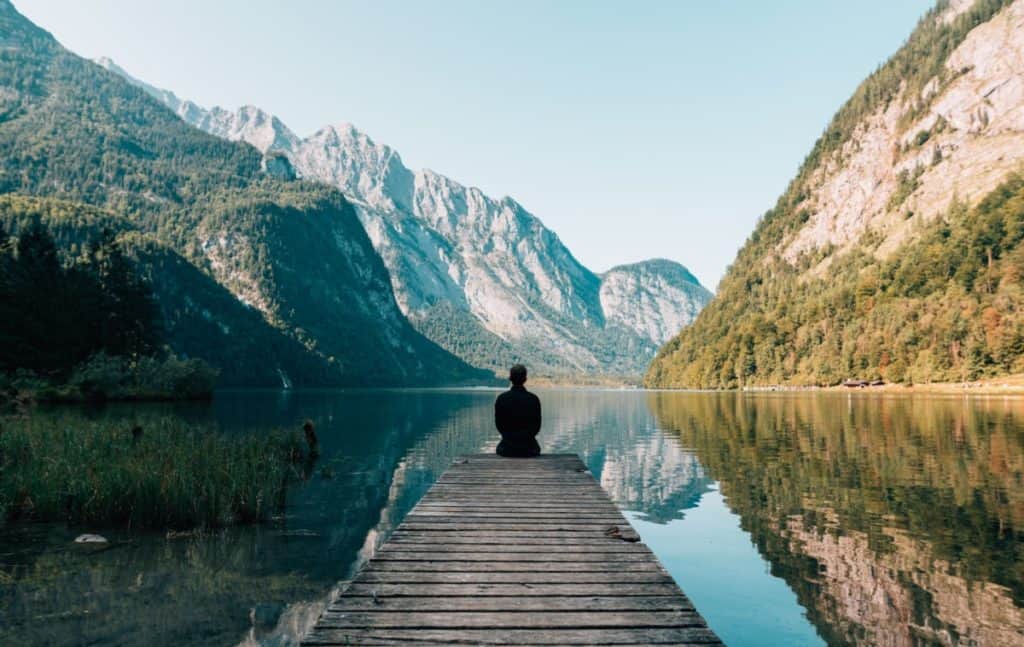
Everyone can do it
Have you ever traveled to a place and come back feeling exhausted? The narrative is even worse if you traveled for a vacation to relax. Instead of feeling better, you came back worse than you left. The reason for this phenomenon is that many travelers live a stressful and hectic life. The frantic pace does little to make their journey easy as they often attempt to visit different tourist attractions within a short period. Hence, slow travel comes as a solution to reduce tourist burnout.
Now, the opposite of regular traveling, imagine spending a week in the same place, living on fresh local food from the market while taking leisurely walks through the village. Does this sound interesting? Definitely. Instead of attempting to visit multiple places within a short period, slow travel lets you explore cultures and connect with people in a respectful and less stressful way.
Since the mindset does not prioritise or distinguish between people, religion, culture or nature; It can be done by anyone. And it’s not very difficult to learn. A new year is upon us, but the pandemic is far from over. We need to be cautious during this corona pandemic, in result, the destinations you would normally travel to might change. However, the principles will remain the same.
Slow travel locally during the pandemic
Since things are currently out of balance in our world, we need to keep our slow travel routes locally. However, keeping things local can be an impressive start. For your own safety and for the safety of those around you, you can make yourself a part of a community that you have always been part of, but be too busy to recognise. For example, you can eat at a local restaurant, change your means of transport, and make your way through the soulful parts of town, or near by towns, that you have never visited before.
Instead of traveling internationally, you should keep things local and travel within your country. The reason for this concern is that traveling outside your country can increase the risk of contracting the virus. Not just this, you risk bringing Covid-19 with you and infecting others around you. However, you will soon discover that slow traveling within your country offers the same fun and quality as traveling outside your country if you know how to.
In essence, it doesn’t always have to be the another country, especially with the outbreak. You will soon discover that life can be much more fascinating with a few changes, whether you are winding along the mountains, beaches or meadows.
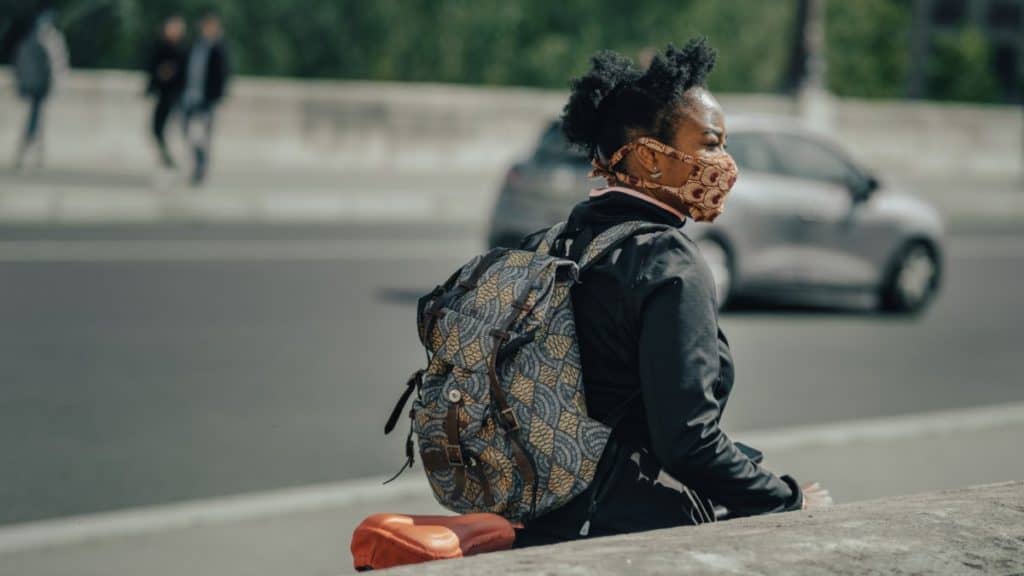
Slow Travel Guide – All the same with or without Covid-19
Start by learning something from minimalism and essentialism
The concepts of minimalism and essentialism are not directly related to slow travel; However, you can pick out a thing or two. Minimalism is the idea of living on minimal things or engaging in things crucial to your enjoyment, happiness, and satisfaction. On the other hand, essentialism means doing only essential things in life. Both are acts of doing more with less; However, when you do the less, you make the most out of the less.
Another way to look at both is to draw a line between them and intentional living. Living with intent means that you will do that, which only brings you happiness and satisfaction. Not just this, it resonates with your values and makes you feel a sense of achievement. With a mindset like this, you won’t find yourself in the rat race that most people participate in, but will seek to achieve an inner balance and peace that resonates with your being.
Slow traveling is the same; It’s about enjoying and connecting with outdoor life at a much slower pace than many do. It encourages you to reclaim your time and use it to identify things you value and cultivate your space to pursue satisfaction. By implication, if you are going for a vacation, you are doing so because you want to and not because everyone else does.
There is a connection between your mind and external satisfaction. When you do things you don’t want to do it for acceptance Hence, the first step to slow traveling is to define whether the travel is of value to you or someone else. For example, do you only travel somewhere during the summer because everyone else does? Or do you only choose your destination based on what looks pretty on social media? – The guide’s first step is to define why you want to slow travel intentionally, without any external input.
Research and make your findings
One of the blessings of mother nature is that she has blessed us with numerous places to visit. However, you can’t visit everywhere because of the pandemic. Besides, you won’t find equal easiness to adjust and blend to your destination’s everyday life. Therefore, we need to focus on travelling domestic and locally, to maintain our community voluntary work.
Some of the effective ways to find out where you want to go are to read reviews, sights, and make findings of the neighbourhood you will like to stay in. Doing your homework ahead of your traveling time lets you remain flexible, prepared and adaptive at the same time. You can use google for help in this regard.
Another part of your research is finding out the Covid-19 principles and regulations guiding the areas you have highlighted for your visit. To stay protected, you need to stay respectful of the virus and the rules that have been put in place. Hence, check the area for their local corona rules and how you can stay protected as well as protect others around you.
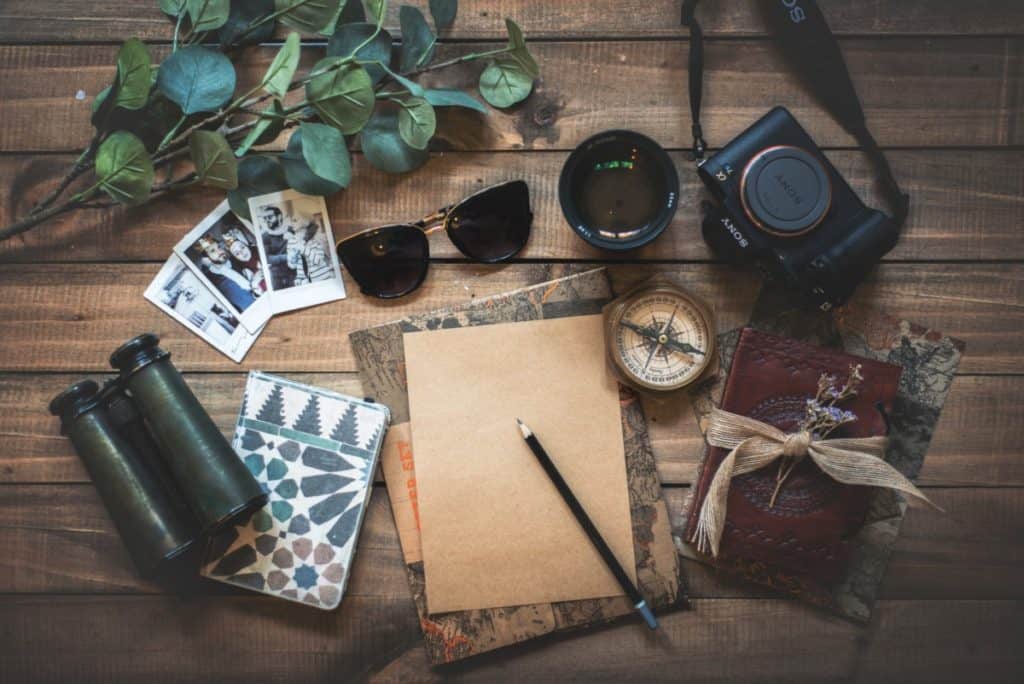
Travel light
Traveling light lets you move with less stress and more ease. If you find yourself making an extensive list of what to take along and clothes to wear, you are not ready for the whole slow travel mindset. Ditching unnecessary luggage helps you engage more with your environment and reduce distractions. Not just this, it limits the stress of transportation and organizing your stuff. The idea of minimalism and essentialism will help you to select only the materials essential to your travel. Bring only the clothes, gears and shoes you absolutely adore! There’s no need for two different changes for one day. Check the weather and see if you need additional clothing for rainy days.
Additionally, there is also a feeling of freedom associated with traveling less, and you limit the choices of what to wear to the minimum. Imagine the time you can save when you don’t need to spend time thinking about what outfit you should wear. Plus, it is physically calmer when you are not weighed down with tons of stuff, and you generally have less laundry to think about when you get back home.
Be sure to take along face masks and other gear that keep you safe from Covid-19, and reduces the chance of transferring it to someone else. Do not leave home without face masks, hand sanitisers, and other self-care items.
Avoid the tourist trap
One of the tourist traps looks like this; You plan to do different things every single day of your vacation to get “the most out of it”, but end up getting stressed instead. Another one is the mindset that you must visit all places just because it’s popular, when it’s really just bustling with too many other tourists.
You need to be conscious of the fact that a traveler is different from a tourist. Traveling is a more sustainable, life-changing, and impactful experience that soon becomes a way of life. Hence, although the thrill of traveling can be exhilarating, it is not the ultimate goal.
To connect more with the outside world, you should visit off-season when most areas are not overpopulated. Truth be told, most locals can be weary of tourists who just pass through without any significant impact. To feel integrated into a new community, it is best to visit when it is not overpopulated. When you do this, the greater odds are that you will be welcomed with gladness and actually get to explore the things you’ve always wanted.
Be flexible with your schedule
Your traveling schedule should be based on what you believe is best for your interest. For example, if you like sightseeing and active activities, you should plan your schedule to reflect that. Needless to say, you should be intentional with your activities. Although you can’t do everything simultaneously, you should leave space for spontaneity, relaxation and some margin if something unexpected happens. Sometimes, letting things fall into place with enough margin is one of the thrills of slow travel. Hence, even though you should have conceived what you want to do, you should still stay flexible with your schedule.
Plan your finances and resources
Slow traveling is an inexpensive form of traveling that offers the charm and experience of a local spot. As a result, you won’t spend so much like tourists that prefer high-end hotels and restaurants. Since you can save money on accommodation and the likes, you can spend your money on the things that matter. Slow travelers stay in vacation rentals that are more homey and spacious than hotels. However, you should book it in advance before you travel. You will find these facilities on Airbnb, TripAdvisor, and more.

Meals and transport
Regional cuisines made with local ingredients are particular to slow traveling. You can visit the local market or the bakery for your meals or patronise local restaurants and cafes. Rail transport is one effective means of seeing the countryside. Apart from this, they are comfortable and efficient. Nonetheless, you can try out any means of transport that lets you connect more with the people and their way of life. In a way, it also supports the local economy.
Live like a local
A unique way to experience slow traveling is to live like a local. For example, if you enjoy gardening, you can look up festivals and nature programs at your destination ahead of your arrival so that you can attend. Not just this, if you love pottery or artistry, immerse yourself in it during your visit. The idea is to connect more with physical and local activities to connect more with your inner values and the local community. Not just this, it lets you personalise your visit to make it more unique and enjoyable.
However, in your quest to live like a local, be careful always to obey the corona guidelines. For example, don’t attend too many local activities that will expose you and others to Covid-19. Also, take precautions when you connect with people and don’t get too close to risk contracting the virus. Hence, although it is okay to live like a local, do it with safety and protection in mind.
To make it more effective, it is best to hire a local host or guide to help you find your way around. A local host is handy to help you create meaningful connections and find treasures where you think they don’t exist to make your visit more pleasurable. Locals are the custodians of knowledge as far as their town is concerned. You will be surprised that they know unexplored neighbourhoods, lesser-known tours, and tips you won’t find on Google.
A city or a community is an organic network that is always changing; Hence, relying too much on online information can make you a little outdated. Instead, locals are like guidebooks for making your way through the place. Besides, it allows you to meet people and forge connections.
Keep a journal for your visit
Journaling ensures rapt attention to detail since you will always be conscious of a new addition to your little book. Since there will be much distraction on the way, when you keep a travel journal, you will make constant observations and become more aware of your environment. Hence, journaling helps you stay focused on your direction.
A travel journal is also handy for evaluation and reflection after your trip. After spending days away from home and your usual activities, you must have done things differently and enjoyed them nonetheless. If you will replicate the results, there is no better way for insight than to check your journal from an observer’s point of view.
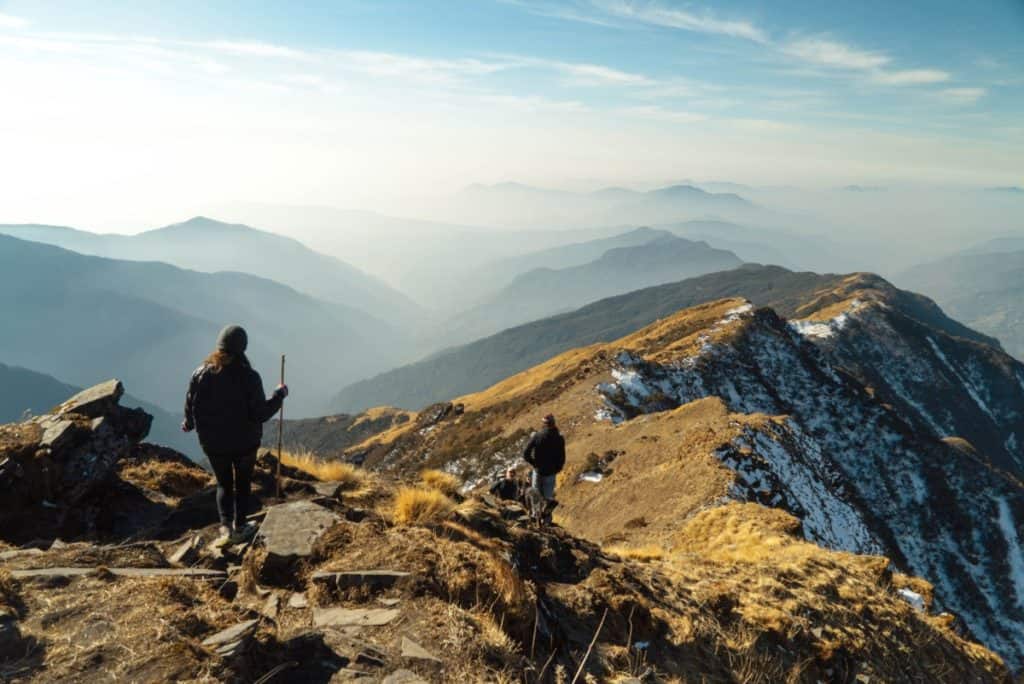
Get up early and walk
If you enjoy a time of solitude, walking the city alone without traffic and distraction will help you notice things better. If you can, walk a significant distance and take a few breaks at cafes or parks. Parks are ideal for unwinding in-between sightseeing to behold a calming effect. If you can, try some sketching. Sketching, like journaling, forces you to relax and notice small details you wouldn’t have noticed. Instead of snapping endless pictures for likes on social media, sketch or journal to take moments to observe and appreciate the environment around you.
Getting up early and making your way through town does not mean complete disregard for the Covid-19 guidelines. You should only stick to activities that won’t expose you to too many people at a time. For example, don’t visit crowded places like a concert, mall or sports arena that is always receiving massive crowds. Your number one priority besides having fun is to stay protected and extend the protection to people around you. Hiking is probably a great way to stay safe for the most part, if you know how to hike of course. Click on the link “hiking” and you’ll get a full on guide on how to hike both safe and environmentally friendly!
Create connections and make friends
Unlike tourism that involves rushing through things, slow traveling means less rushing and more connecting. When you take your time with things, you will know more people and watch beautiful things unfold. By opening yourself on your journey, you will foster connections that are much deeper than the ones you have on social media. Make connections and exchange information with locals and fellow travelers. Who knows, you might need them before the end of your trip? However, keep your 1 corona meter apart.
Do the things you like to do – Not social media
Parts of slow travel is doing what you enjoy doing without constraint. Whatever constraint should be from local rules and not mental rules. For example, part of exploring means getting off the beaten part and navigating unknown territories for discovery and exploration. Now, this does not mean that you should not keep any routine. You can create a routine; However, don’t be too rigid with it. Be careful not to spend too much time on social media. Your smartphone can be your biggest enemy that will prevent you from enjoying your travel.
When you are constantly streaming and uploading your experiences, you will distance and distract yourself from things that matter. Therefore, let your smartphone stay in your backpack. By constantly taking photos of things, without really taking in the view, have you really been to the place?
Another thing is; It is okay to be bored. The reason is that boredom causes you to come up with creative ideas that can inspire your journey. You do not need your phone to be creative.

Things to do after your slow travel adventure
Bring your experience back with you and share it
Slow travel opens you up to things and changes your perception of things and way of life. For example, if you had a busy life before traveling, your visit has allowed you to disassociate yourself with things and pay more attention to details. Not just this, it has also helped you forge relationships and connections with people. With this mindset, you can replicate this feeling back at home. The best way to do this is to see yourself as a traveler in your city.
After your trip, you can create an emotional connection to the place you have stayed at for a while. Apart from this, since you have stayed away from the digital world for a while, you can get back and share your experience with people. Note, though, slow traveling does not man completely detaching yourself from your smartphones. Hence, it is still okay to take pictures of sites, traditions, and the environment. You can share pictures like this with your followers and other people who care to look.
Stay in touch and plan another visit
Don’t let the connections you’ve created during your visit die with your travel. Write to people that you have met or befriend them on social media as a way of staying in touch. Who knows, you might be meeting them sooner anyways. Additionally, they can be your personal guide on your next adventure.
—
Slow travel does not mean physically traveling at a slow pace. Instead, it means spending enough time in a place to become a part of their culture, practices, and tradition. Slow travel is both mental and physical relaxation and enjoyment. Although it’s doing less, it lets you do it better and in more detail. It also allows you to absorb the experience and create memories that will always leave you relishing every moment – Not just on a smartphone. More importantly, it lets you do things your way and indulge in activities that make you happy.
The Covid-19 pandemic has been tough on everyone. Thankfully, life is slowly going back to normal, but it still require the whole world to stay together, but with distance, in order for us to keep the pandemic in check. After staying indoors for a while, it is only ideal that you come out and spend time reconnecting with nature. Nonetheless, prioritise your safety and the safety of people around you. Remember to check the restrictions of the areas where you want to travel to avoid getting caught on the wrong side of the law. Apart from this, limit your travels to your town, or in your country, and use slow and sustainable traveling to forge a healthier relationship with yourself, others and the environment.
